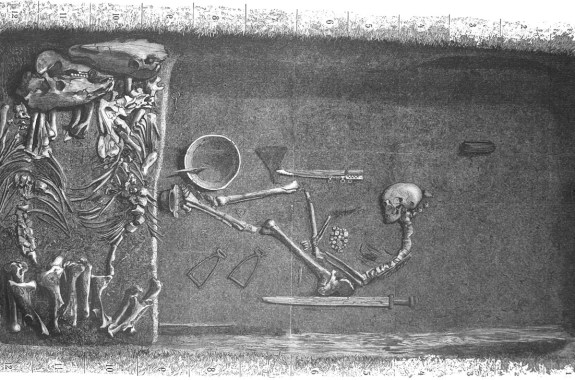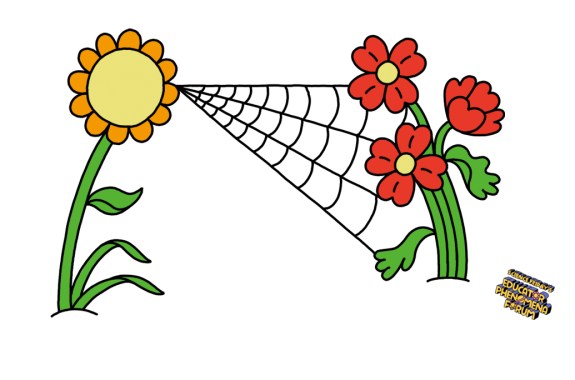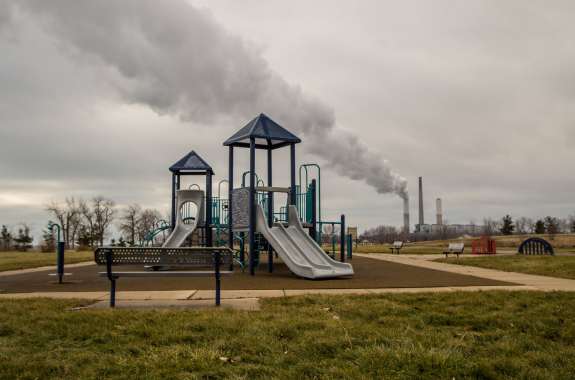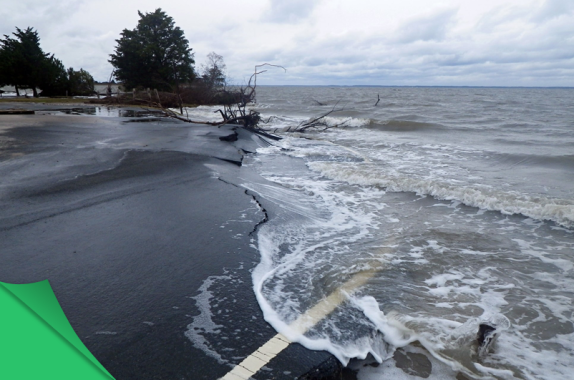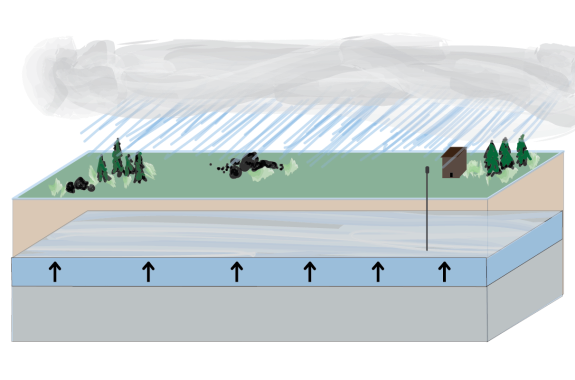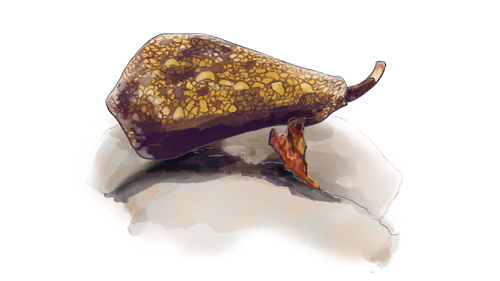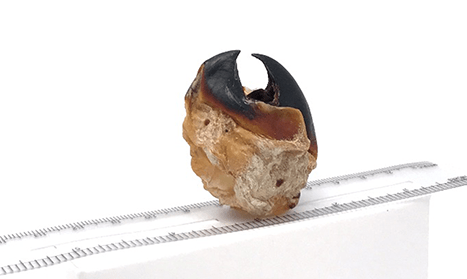Ancient Skeletal Remains: Sex, Gender, And Archaeology
Ancient skeletal remains are more than just bones–archaeologists use them to determine the gender, sex, and roles of ancient peoples.
What Causes Some Aurora To Appear In Discrete Lines?
Why do some auroras appear in discrete lines, while others fill the sky with diffuse light? Explore how electrons surf on Alfvén waves.
Spider Webs: A Tangled Spring Of Force And Energy
Have you ever wondered how spiders capture prey? Learn how spiders create structures that can store mechanical energy.
Environmental Justice: Evaluating Zip Codes And Pollution Burdens
Who bears the pollution burden? Use data to determine the pollution burden for a community and the systems that contribute to environmental injustice.
Real Estate Hunting For The Climate Apocalypse
The debate regarding humanity’s role in climate change is over. The discussion of how to adapt has begun.
Build A Groundwater Model And Investigate Pollution
Make an affordable aquifer model then conduct a lab experiment to explore the effects of groundwater pollution.
Fibonacci Sequence—A Handy Mathematical Approach For Looking At Evolution!
Get a grip on this great way of exploring the Fibonacci sequence using X-rays from organizations across the country!
How Do ‘Killer Snails’ Kill Their Victims?
Model the hunting adaptations and a rich peptide venom cocktail of predatory cone snails in this exploration of the organism’s structure and function.
Do Edible Dormice Hold Secrets To The Fountain Of Youth?
Investigate the relationship between the protective ends of DNA, called telomeres, and lifespan in a long-lived rodent.
How Big Was This Squid?
Learn how to determine the size of a Humboldt squid using a beak left behind in a whale’s stomach in this data-rich math activity.
